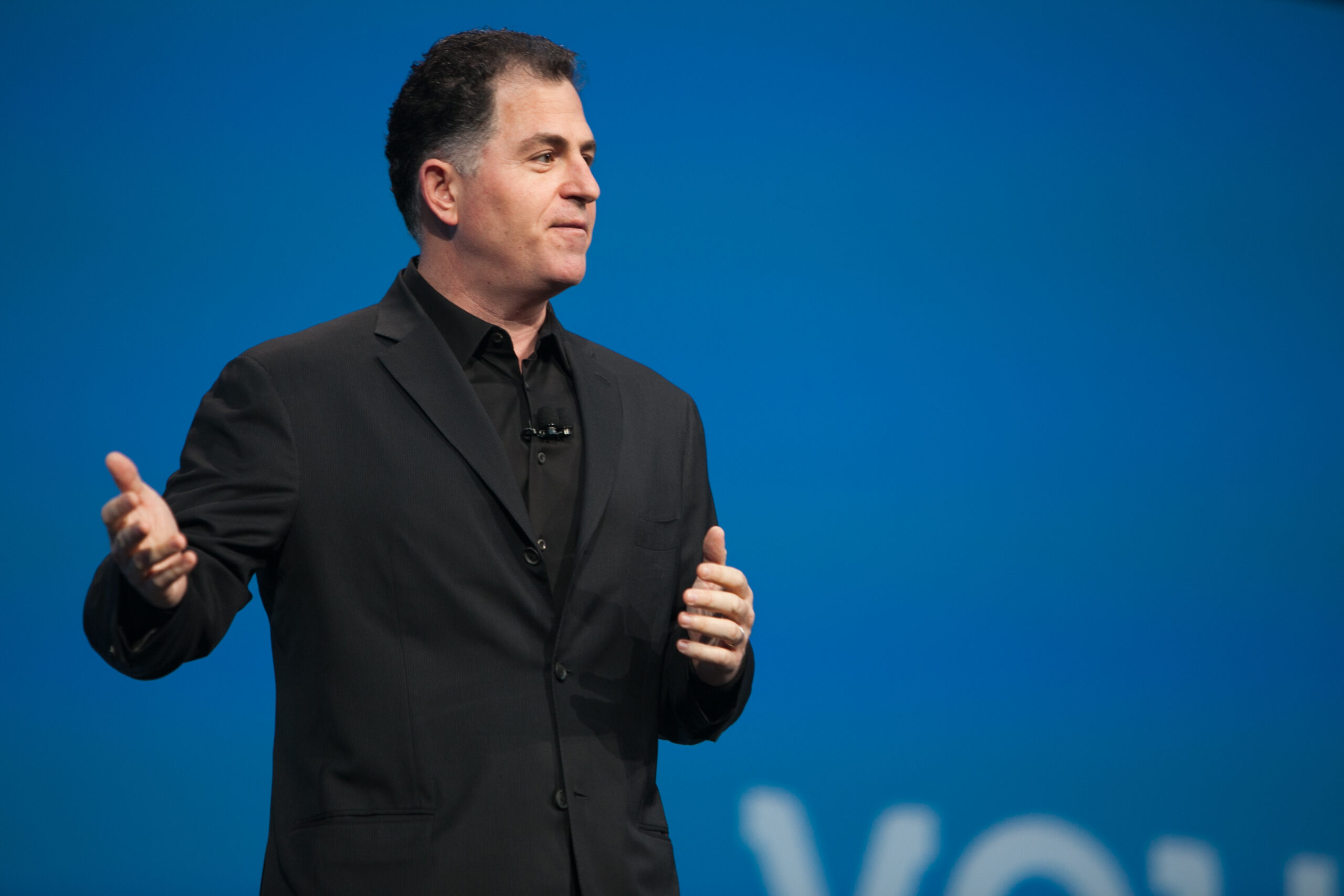
Dell Technologies CEO Michael Dell stated on Tuesday that while the current demand for computing power is “tremendous,” the production of artificial intelligence data centers will eventually reach a saturation point. Dell commented on “Closing Bell: Overtime,” saying, “I’m sure at some point there’ll be too many of these things built, but we don’t see any signs of that.”
Exploding AI Server Business
Dell’s own hardware business reflects the current AI boom: the company’s server networking segment grew by 58% last year and was up 69% last quarter. This sustained demand is driven by the evolution of large language models into more multimodal and multi-agent systems, which require continually increasing AI processing power and capacity. Dell’s AI servers are powered by Nvidia’s Blackwell Ultra chips and sold to major customers, including cloud service provider CoreWeave and Elon Musk’s xAI startup.
The company’s shares rose over 3% Tuesday after it significantly increased its expected long-term revenue and profit growth targets during an analyst meeting. Dell raised its expected annual revenue growth to 7% to 9%, up from its previous target of 3% to 4%. Concurrently, diluted earnings per share are now expected to grow by 15%, almost double the prior 8% target. This guidance increase follows strong second-quarter earnings in August, during which the company announced plans to ship $20 billion worth of AI servers in fiscal 2026, effectively doubling the value of servers sold last year.
The Critical Power Constraint
Despite the continuing surge in demand for AI servers, the necessary energy supply remains a critical question. Dell highlighted this challenge: “It’s the clear constraint that we hear about from our customers, including OpenAI.” He added that many customers will delay delivery, telling the company, “‘Well, don’t deliver it until this day because we won’t have power in the building to support it.’ ”
The scale of these projects requires massive energy consumption. OpenAI recently announced a partnership with Nvidia in September to build at least 10 gigawatts (GW) of data centers, an amount roughly equal to the annual power consumption of 8 million U.S. households. Megacap companies like Microsoft, Google, and Amazon have all recently allocated multi-billion-dollar investments for new AI data centers. While Dell noted that the company can engineer servers to be as energy-efficient as possible, these lofty investments require vast amounts of electricity that may not be readily available. Government data suggests that 63 GW of power capacity is expected to be added to the U.S. power grid in 2025. The 10 GW buildout associated with OpenAI and Nvidia alone would account for nearly 16% of that entire projected energy addition. Dell concluded: “At the end of the day, if you’re going to generate tens of trillions of tokens, and you’re going to create intelligence and drive the economy forward, you’re going to need computing power and energy.”
Author’s Opinion
Michael Dell’s warning about eventual market saturation, while tempered by his massive sales targets, is a critical reality check that grounds the AI gold rush in the physical world: the ultimate bottleneck is not silicon but electricity. The delay of server deliveries because customers lack sufficient power is a tangible, current problem that confirms the energy-intensive nature of generative AI is moving far faster than power grid infrastructure can scale. This physical constraint means that the future dominance of AI will be defined as much by energy policy and utility buildout as it is by computational breakthroughs.
Featured image credit: Vitya_maly via GoodFon
For more stories like it, click the +Follow button at the top of this page to follow us.
